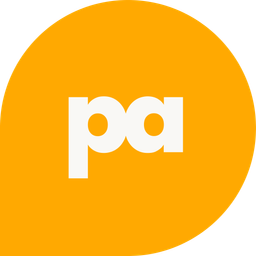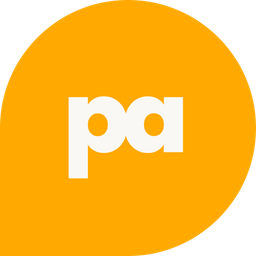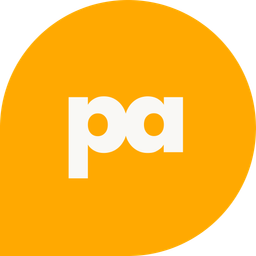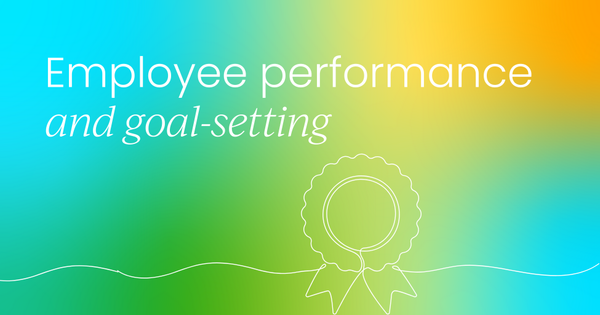Helping employees do their best work is one of the most important parts of HR’s role. But strong performance doesn’t happen by chance. It needs structure. That’s why employee performance goals are so important. They provide people with direction, set clear expectations, and foster shared accountability among employees, managers, and the business.
People who set goals are 43% more likely to achieve them. But, it’s not just about having any goal; the quality matters too. Research shows that over 80% of individuals perform better when their goals are specific and challenging, compared to those with vague or undefined objectives.
For HR leaders and Chief People Officers, this goes beyond performance reviews. It’s about building a culture where employee goal setting is part of how teams grow, align, and succeed.
If this sounds like something you want to learn more about, keep reading as we explore:
- What employee performance goals are
- Why they're so important
- Strategies for setting employee performance goals
- Examples of employee performance goals
- How HR can support employees in setting and achieving goals
You’ll also find a great list of sample goals for employees to use as a starting point across different areas at work, from productivity and communication to soft skills, problem-solving, accountability, and more.
What are performance goals for employees?
Have you ever stopped to think about what someone needs to achieve in their role, beyond just “doing their job”? That’s what employee performance goals help define. These are clear and specific targets that help employees focus on what matters most. Not just the daily to-do list, but the outcomes that drive real progress for themselves, their teams, and the business.
At a basic level, performance goals for employees serve three key functions:
- Direction: They clarify what’s most important right now and where the effort should go.
"What should I be working toward right now?"
- Alignment: They link individual work to team and company objectives, keeping everyone moving in the same direction.
"How does my work connect to the bigger picture?"
- Growth: They provide a framework for building skills, improving output, and measuring progress over time.
"How do I know if I’m growing or improving?"
Think of them as a way to turn “do better” into “here’s how.”
Why are performance goals at work so important?
Most people want to do a good job. But without clear goals, even top performers can get stuck in autopilot mode. That’s where employee goal setting makes a real difference.
Goals give people a reason to stretch themselves. Forbes reports that senior leaders were 91% more likely to step outside their comfort zone when they had a bold, meaningful goal in front of them. That’s a powerful reminder that it’s not just entry-level employees who need direction. Even execs perform better when they have a clear target.

Goals are also important to help improve employee motivation. When people are working toward something specific, their motivation increases. A study found that employees who set their own goals were over 14.2 times more likely to feel inspired at work. That kind of impact flips the switch from “just doing the job” to “actually wanting to make progress.”
Setting employee goals also creates accountability. It helps managers give clearer feedback, and it gives employees something real to measure their growth against. And when goals are tied to the bigger picture, such as team priorities, business outcomes, and customer impact, it helps people to feel like their work actually matters (because it does).
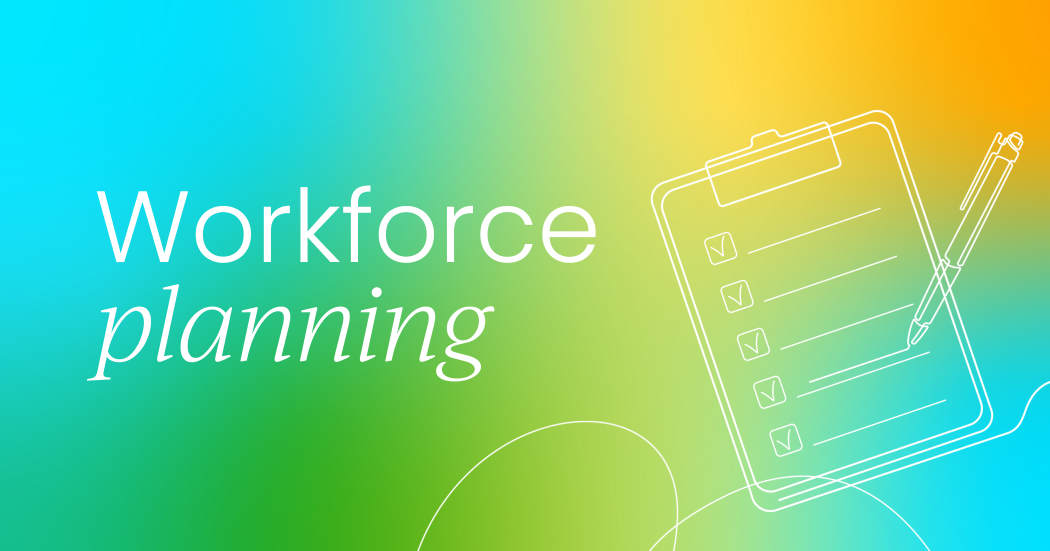
Strategies for setting employee performance goals
Teams with clear goals consistently perform better than those without, which sounds obvious, but it’s often overlooked. That’s why the method used to set goals matters just as much as what the goals are. Whether you're working with new hires or senior leaders, using the right approach can turn vague ideas into real, measurable progress.
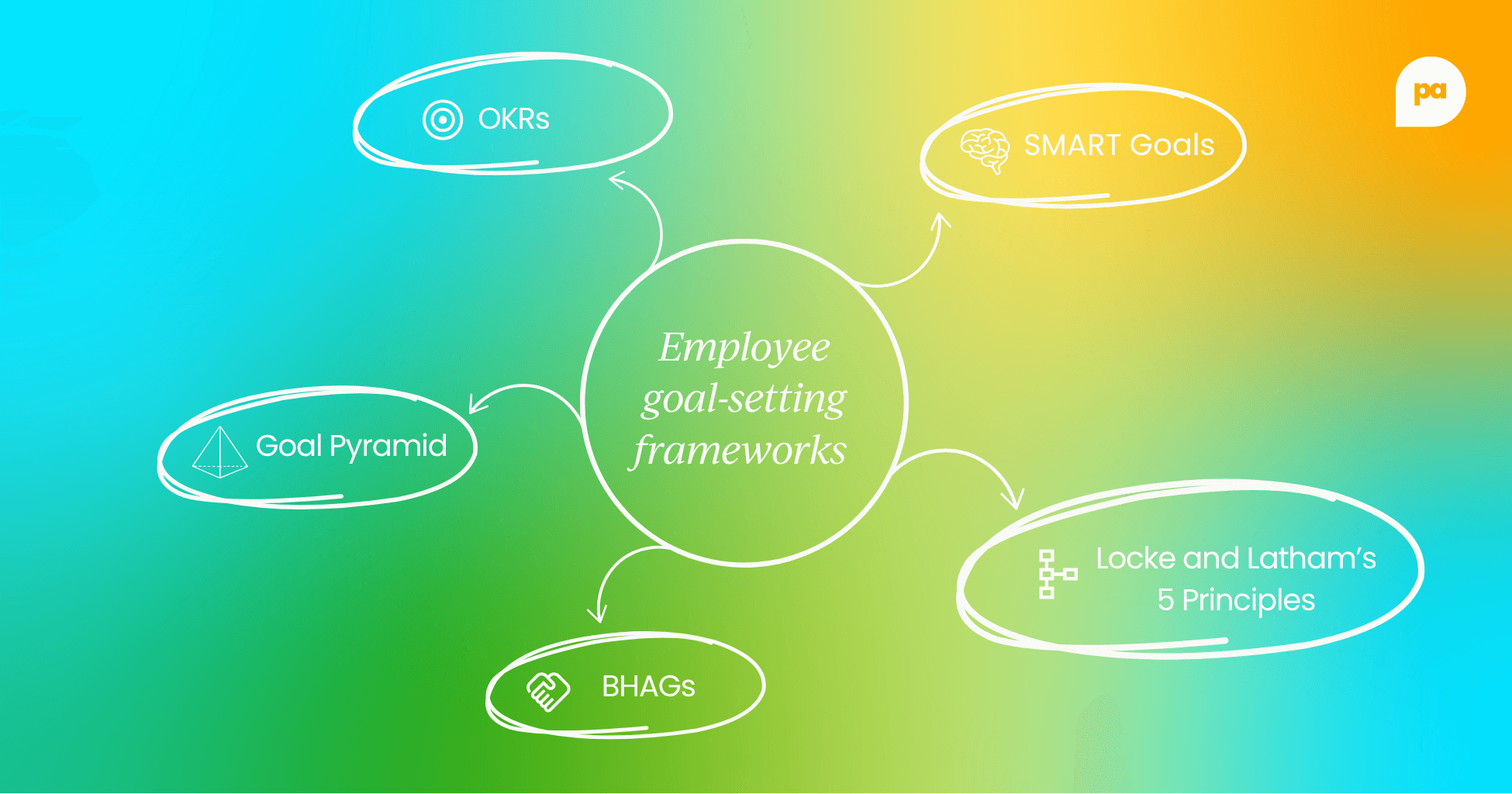
The good news is that there are a few tried-and-true methods you can use when it comes to setting employee goals at work.
Some of the most popular employee goal-setting frameworks include:
Each one brings something different to the table, and the best fit depends on your culture, your team, and what you're trying to accomplish. You don’t have to pick just one, either. If you prefer, you could go for a mix-and-match approach, which can also work well across different teams or initiatives.
Below, we’ll take a closer look at each of these strategies for employee goal setting, starting with one you’ve probably heard before: SMART goals.
SMART goals
SMART goals work because they take vague ideas like “improve performance” and turn them into something you can actually track and achieve.
SMART stands for:
Specific: What exactly do you want to achieve?
Measurable: How will you know when it’s done?
Achievable: Is this goal realistic with the time and resources available?
Relevant: Does it align with the employee’s role and team goals?
Time-bound: When should this be completed?
Here’s a quick example:
Instead of saying “improve client communication,” a SMART version might be:
“Respond to all client emails within 24 hours and improve CSAT scores by 10% over the next quarter.”
See the difference? It’s clear, trackable, and tied to real impact.
Need a hand getting started? Grab our free SMART goals template to make the process quicker and easier. It’s a simple tool to help managers and employees write clear, focused goals that actually get done.
OKRs
OKRs (Objectives and Key Results) are another popular method for setting employee performance goals, especially in fast-moving or high-growth teams. This approach is designed to keep goals ambitious but focused, and they’re great for linking employee performance goals to company-wide priorities.
Here’s how they work:
1. Objective: What do you want to achieve? (This should be bold, clear, and inspiring.)
2. Key results: How will you measure success? (These should be specific, quantifiable, and trackable.)
Here’s a quick example:
Goal: Improve team collaboration and transparency.
Key results:
- Launch a shared team dashboard by the end of Q1.
- Hold weekly team calls with 100% participation.
- Increase peer feedback submissions by 25%.
OKRs are often set quarterly and reviewed regularly. They should push people a little. Unlike SMART goals, which focus on achievability, OKRs are meant to stretch.
Locke and Latham’s 5 Principles
If you’re looking for a goal-setting method backed by decades of research, this is it. Psychologists Edwin Locke and Gary Latham developed five core principles that explain what makes goals work. They published their findings in 1968, and their research has remained a popular approach to setting employee goals.
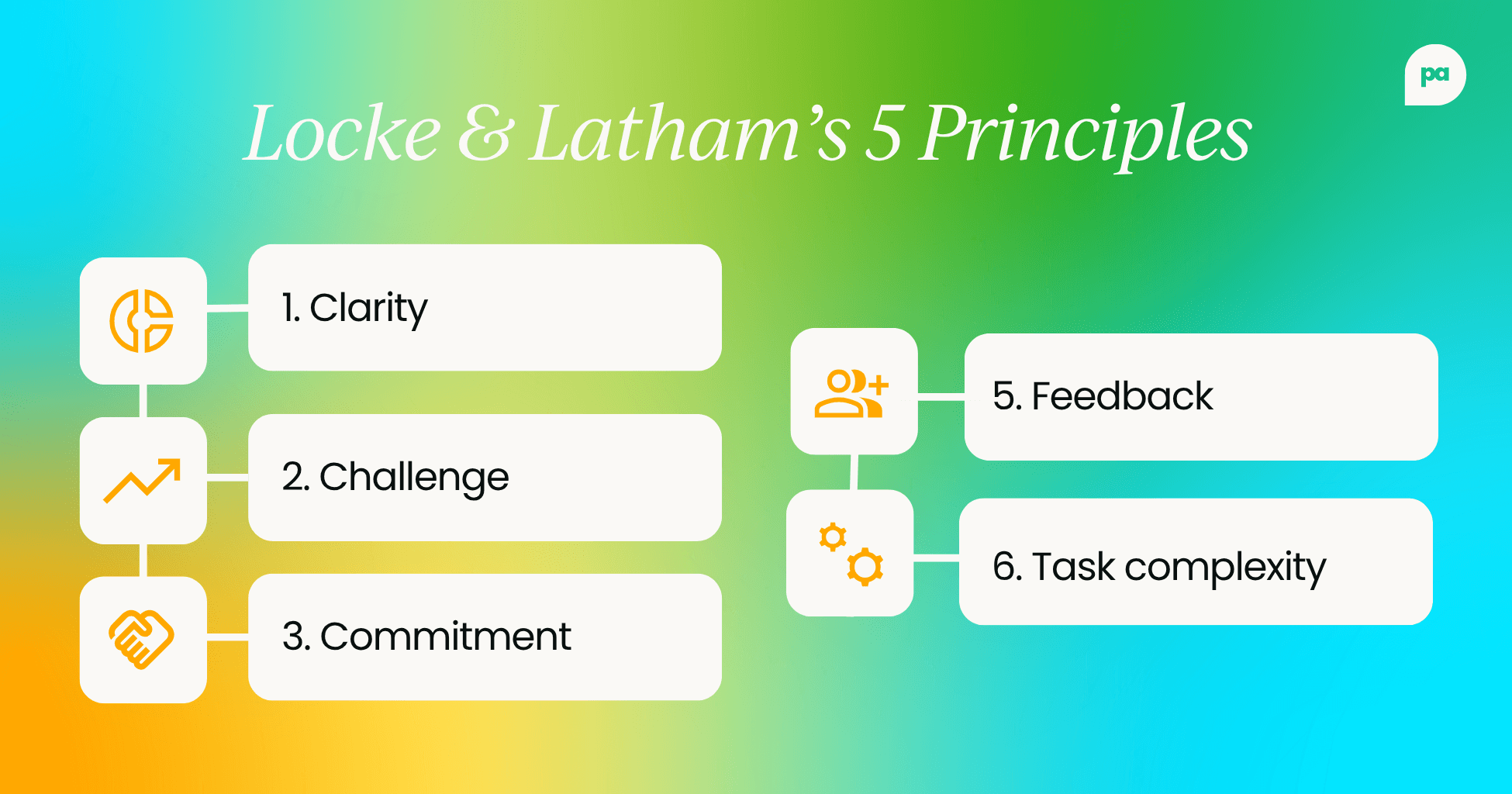
Here’s a quick breakdown of their five principles:
1. Clarity: Goals should be clear and specific. No one should have to guess what “do better” actually means.
2. Challenge: The goal should be hard enough to be motivating, but not so hard that it feels impossible.
3. Commitment: Employees need to be bought in. If they don’t believe in the goal, they’re not going to work toward it.
4. Feedback: Ongoing check-ins and feedback help keep things on track (and let people adjust if needed).
5. Task complexity: If a goal is complicated, make sure there’s enough time, support, and planning to do it well.
Locke and Latham’s model is more of a mindset than a strict template you can follow. You can use it to test the strength of any goal you’ve already set, or as a guide when creating new ones.
Goal Pyramid
The Goal Pyramid approach to setting goals focuses on structure. It uses a hierarchical framework for setting goals at work, which helps employees break down big-picture ambitions into smaller, more manageable steps.
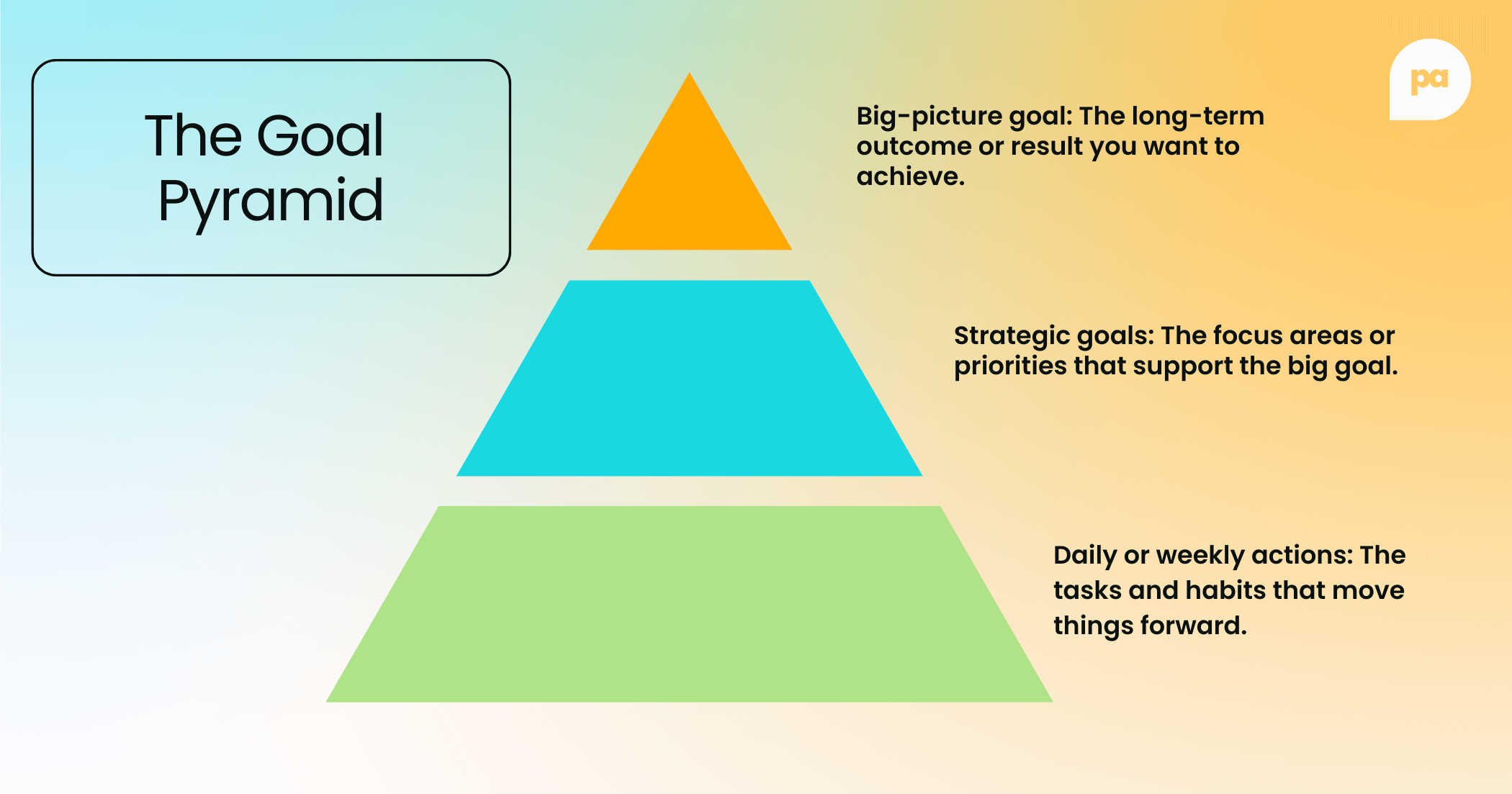
Here are some sample goals for employees using this strategy:
Top: Become the #1 customer-rated support team in the company by the end of the year.
Middle: Improve response time, reduce ticket backlog, and increase positive feedback.
Bottom: Review tickets daily, hold weekly QA sessions, and implement a feedback survey after each case.
The Goal Pyramid method of setting employee goals is great when you’re working with big or complex goals. It’s really useful for helping employees avoid overwhelm by turning large objectives into bite-sized steps.
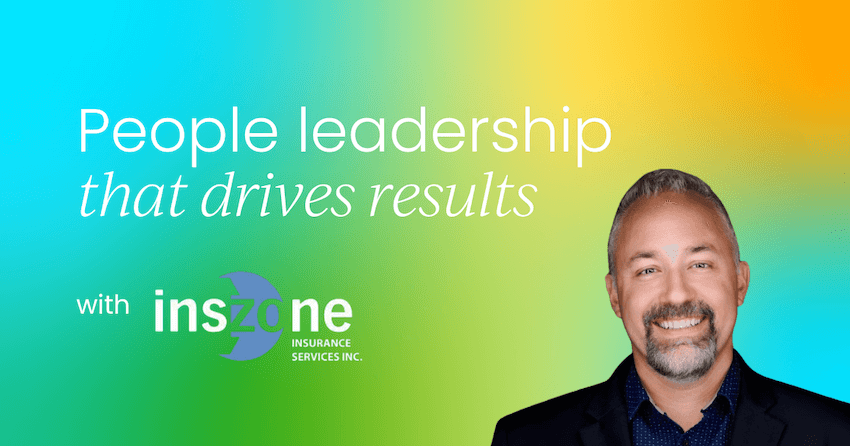
BHAGs (Big Hairy Audacious Goals)
Yes, it’s a weird name, but don’t let that put you off trying this one. BHAGs, or Big Hairy Audacious Goals, are bold, long-term goals that are meant to inspire and challenge your team far beyond their usual comfort zone.
The idea comes from business authors Jim Collins and Jerry Porras, who introduced BHAGs as the kind of goal that makes people think, “Whoa, can we really do that?” and that’s exactly the point.
A BHAG should be:
- Bigger than anything you’d put on a quarterly plan.
- Clear so that you know exactly what it means, even if it takes years to reach.
- Motivating enough to energize people and bold enough to rally a team.
Here are a few famous BHAG examples:
NASA: Put a man on the moon and return him safely to Earth.
Google: Organize the world’s information and make it universally accessible and useful.
Amazon: To be Earth’s most customer-centric company.
Each of these goals was bold enough to feel risky, but clear enough to rally teams for the long haul, which is exactly what a great BHAG should do.
Examples of employee performance goals
Now that we’ve covered how to set goals, let’s talk about what they actually look like in practice. This is where those goal-setting frameworks start to take shape in real-life situations. In other words, we’re moving from strategy to action.
Most employee performance goals fall into a few common categories. These reflect the core areas where managers and HR teams typically want to see growth or improvement.
Some of the most common focus areas for employee performance goals include:
- Soft skills
- Accountability
- Professional growth
- Collaboration
- Problem-solving
- People management
- Creativity & innovation
- Productivity
Below are employee goal-setting examples organized by category. These sample goals for employees can be used as-is or tailored to your needs.
Examples of soft skills goals
Soft skills like communication, empathy, and adaptability are key to building strong teams and a great culture. These goals focus on how employees show up, work with others, and lead with intention. They’re especially important in hybrid or remote teams, where tone, clarity, and emotional intelligence play a huge role.
Here are some sample goals for employees focused on soft skill development:
- Improve active listening by requesting peer feedback after team meetings for the next 90 days.
- Complete a communication skills course and present key takeaways to the team.
- Facilitate a monthly team check-in to build comfort around giving and receiving constructive feedback.
Examples of accountability goals
Accountability goals help build reliability, trust, and ownership. These are great for employees who need to follow through more consistently or take greater initiative in their role. It’s also one of the top traits managers look for when evaluating potential leaders.
Some employee goal-setting examples that can improve ownership include:
- Track and complete all weekly tasks in the team’s project management tool with 95% on-time delivery for the quarter.
- Lead one team meeting per month to build confidence and follow through on assigned actions.
- Review personal project backlog every Friday and report blockers to your manager within 24 hours.
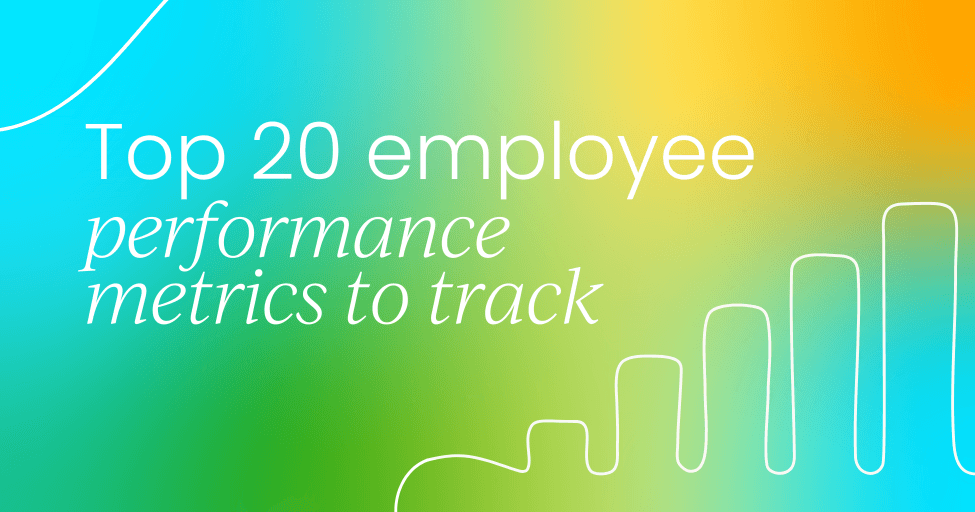
Examples of professional growth goals
When employees grow, companies grow. Professional development goals keep people engaged, build future-ready skills, and support internal mobility, which also helps reduce turnover.
Here are sample work performance goals tied to growth:
- Attend one industry webinar per month and share learnings with the team.
- Partner with a mentor for bi-weekly 1:1s focused on career development over six months.
- Complete a relevant certification and apply what you’ve learned to a live project.
Examples of collaboration goals
No one succeeds in a silo. Collaboration goals strengthen teamwork, improve communication across departments, and often lead to better problem-solving.
Try these employee performance goals examples for cross-functional collaboration:
- Join at least one cross-functional project each quarter and contribute two documented process improvements.
- Set up a shared feedback log for your project team and review updates weekly.
- Co-lead a project with someone outside your department and present the results together.
Examples of problem-solving goals
Problem-solving goals encourage proactive thinking and innovation. Employee performance goals in this area can really help build confidence, critical thinking, and the ability to work through challenges without constant manager input.
- Identify a recurring issue in our support process and propose a tested solution by the end of Q2.
- Host a monthly team brainstorm to tackle known bottlenecks or customer complaints.
- Analyze a recent workflow failure and document two possible improvements with pros and cons.
Examples of people management goals
Managing others is a skill of its own. These goals help leaders coach better, communicate clearly, and build stronger, more engaged teams.
Here are sample goals for employees in management roles:
- Complete a coaching certification and hold monthly growth conversations with each direct report.
- Improve team engagement survey results by 10% through better 1:1s and more consistent feedback.
- Schedule quarterly check-ins focused only on employee development, separate from performance reviews.
Examples of creative & innovative goals
For roles that thrive on new ideas, creative thinking, or bold experimentation, these employee performance goals encourage them to challenge the norm and try something new.
- Pitch two new campaign or product ideas each quarter with supporting data.
- Launch a monthly “innovation jam” where team members submit and vote on new ideas.
- Shadow another team for one day and propose at least one improvement based on their process.
Examples of productivity goals
Improved productivity doesn’t just mean “do more”; it’s about doing the right things more efficiently. These goals help employees work smarter, stay focused, and eliminate distractions or inefficiencies.
Here are some practical sample work performance goals:
- Automate two time-consuming reporting tasks by the end of Q3.
- Reach 90% on-time task completion in project management software over the next three months.
- Implement a daily time-blocking system for deep work and track output trends weekly.
These employee performance goals examples are great for building skills, driving engagement, and connecting employees to the bigger picture.
If you’re creating a goal-setting toolkit, these sample goals for employees are a great place to start. Or better yet, personalize them to create something truly meaningful for your team.
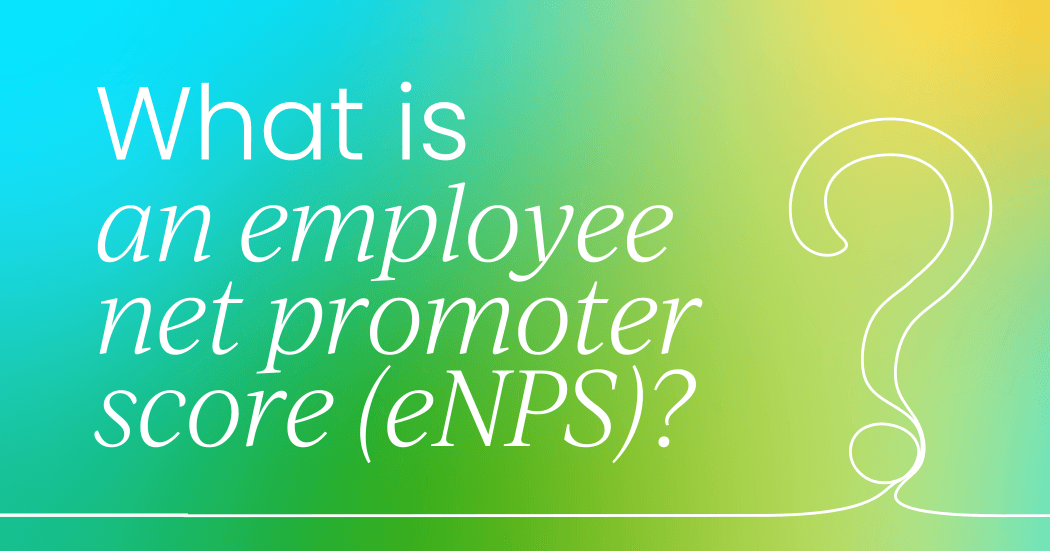
How HR can support employees in setting and achieving goals
Setting employee performance goals is more than just jotting down a few objectives; it's the critical first step in a journey toward improved employee goal setting and success. But the true impact comes from actively supporting your employees in reaching those goals, and that's where HR plays an indispensable role.
HR leaders are in a unique position to guide not just the structure of goal setting, but also the culture that supports it.
Here's how you can empower your employees to set more effective goals and, more importantly, ensure they follow through:
1. Train managers to set high-quality goals
Managers are on the front lines of goal setting, but many don’t receive specific training in how to do it well. HR can change that by offering practical resources like frameworks, sample goals for managers, and quick training sessions that make goal setting easier and more effective.
Here are a few sample goals for managers that can be used as inspiration:
- Conduct monthly 1:1s with each team member and document goal progress.
- Increase team goal completion rate by 20% over the next two quarters.
- Mentor a new manager and hold bi-weekly coaching sessions for 3 months.
2. Make goals visible and trackable
Out of sight, out of mind. Goals shouldn’t live in a dusty HR system until review time. Use performance management software to make goals accessible, regularly updated, and linked to progress.
3. Tie goals to business priorities
McKinsey reports that 91% of companies with effective performance systems link employee goals to company strategy. When people understand why their goal matters, they’re more invested in how to achieve it.
4. Build in feedback loops
Setting a goal is one thing, sticking with it is something else entirely. That’s where feedback becomes essential. Research shows that combining feedback with goal-setting leads to 30% better performance. This proves that feedback keeps people focused, accountable, and adaptable when things change.
When feedback is built into the goal process, it does three things:
- Keeps people focused
- Builds accountability
- Encourages adaptability
To help with this, try to encourage managers to ask one simple question during regular check-ins. Something like: "What’s one thing that’s going well with your goals, and one thing that’s getting in the way?" This keeps the conversation practical, forward-looking, and tied to action.
5. Celebrate progress, not just completions
Goals don’t need to be finished to be celebrated. Recognizing milestones or even attempts can boost morale by more than you might think. Employees who feel recognized are far more likely to stay motivated and engaged. In fact, employees who complete their goals are 28% more likely to feel positive about their work, and it doesn’t stop there.
Research reveals that employees who publicly shared their own success or celebrated a colleague's success were 59% more likely to report a boost in mood and motivation.
Why?
Because progress feels better when it’s seen. Recognition reinforces the value of the work and reminds people that their efforts actually matter.
6. Encourage employees to set personal development goals
Not every goal needs to be tied to business metrics. Supporting growth in soft skills, leadership, or creativity shows employees you’re invested in their future, not just their output.
Keep the momentum going - Join us live
If you’re looking for fresh ideas, real-world insights, and conversations with people who get it, join us at one of our upcoming People Alliance events, in person or online.
Whether you're building a new performance culture from scratch or fine-tuning your existing approach, our events are designed to help HR leaders like you connect, learn, and lead with impact.
Check out our events calendar for the full line-up of in-person and virtual events coming up.



 Follow us on LinkedIn
Follow us on LinkedIn
